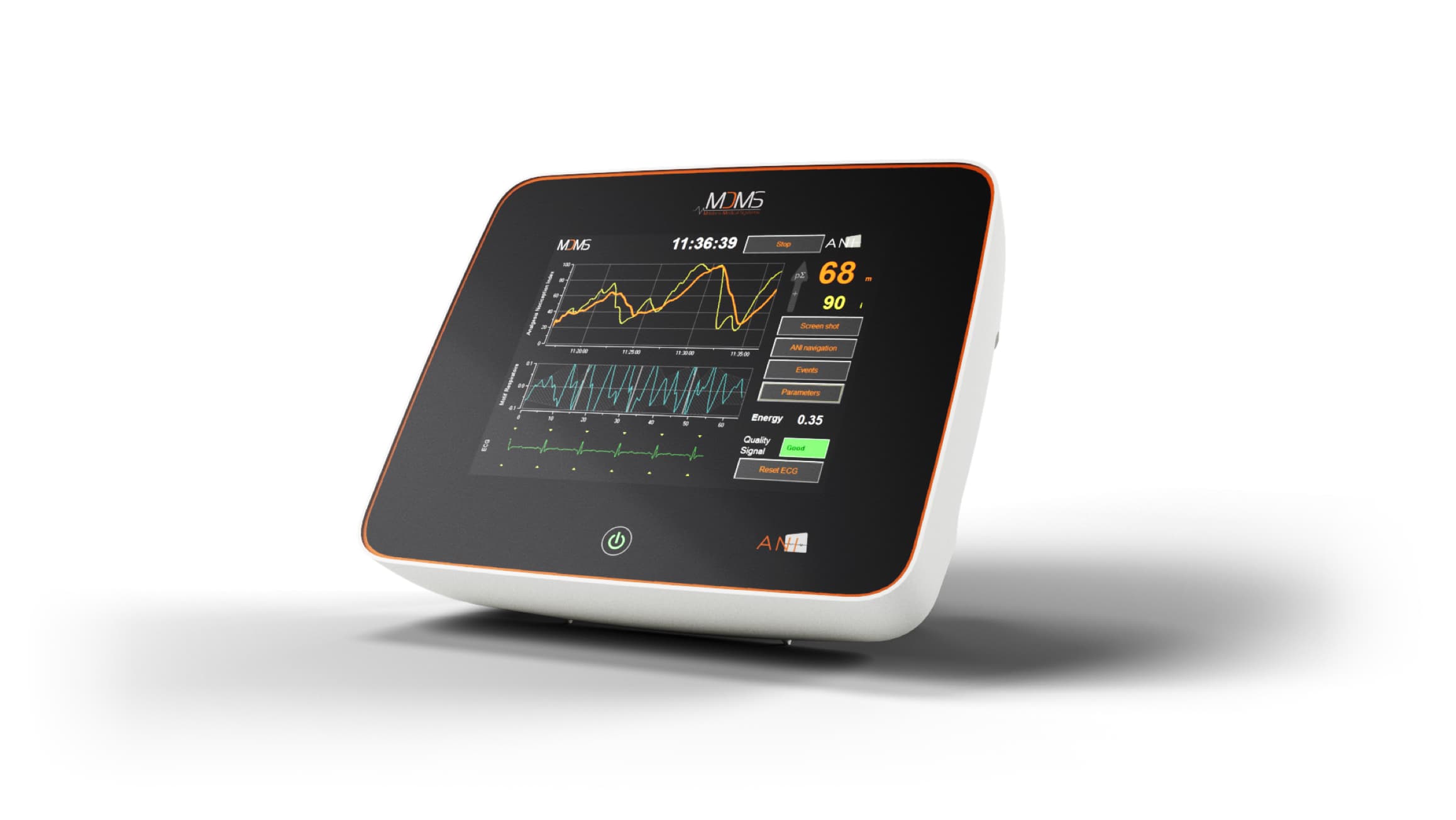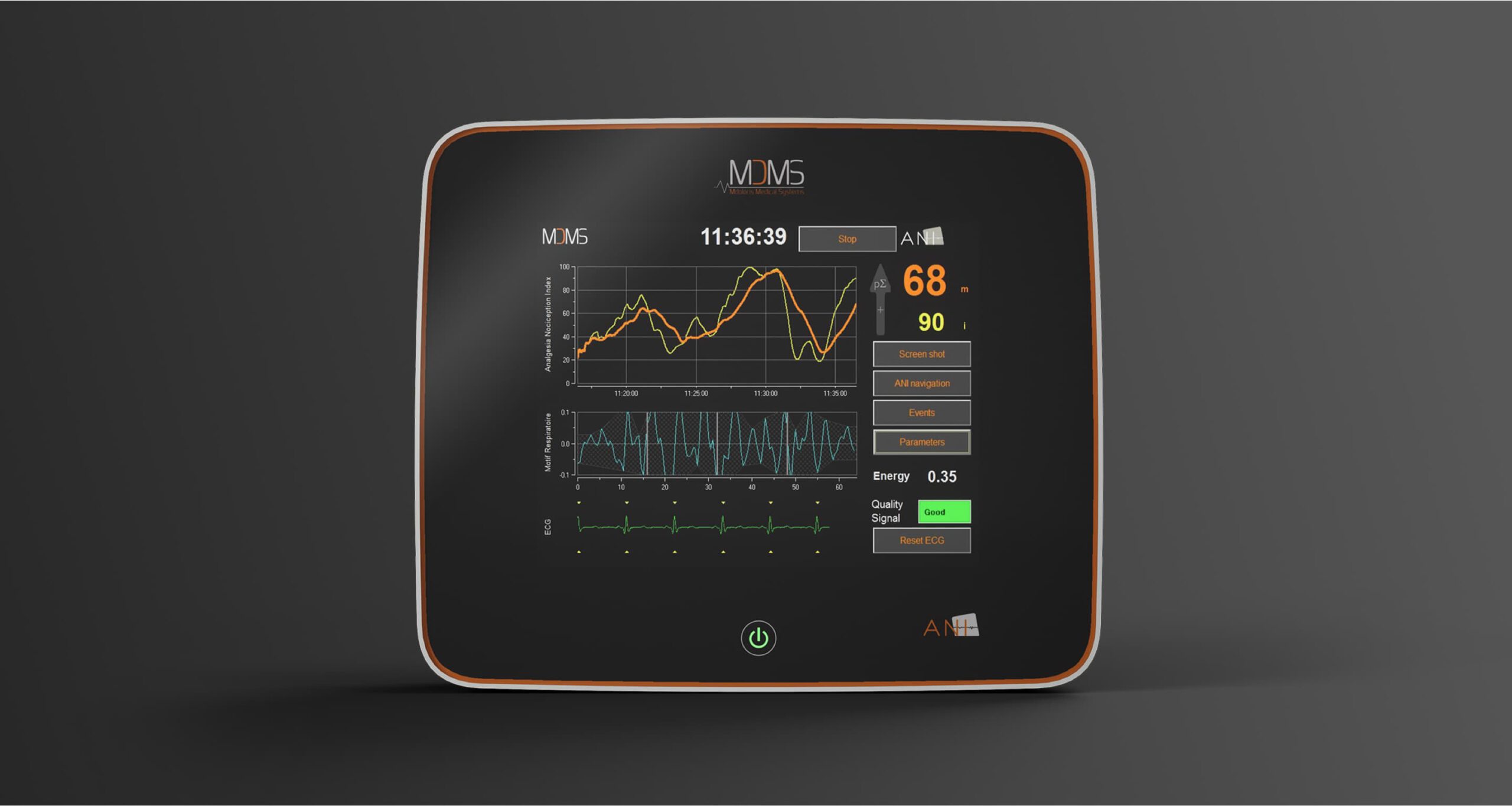Our stand-alone solution. Robust against artifacts. Get more and better ANI measurement.
The ANI (Analgesia Nociceptor Index) is an innovate parameter that allows assessing the level of comfort in hospitalized patients as demonstrated in a 2023 published meta-analysis.
ANI Index from 2 years old until end of life





